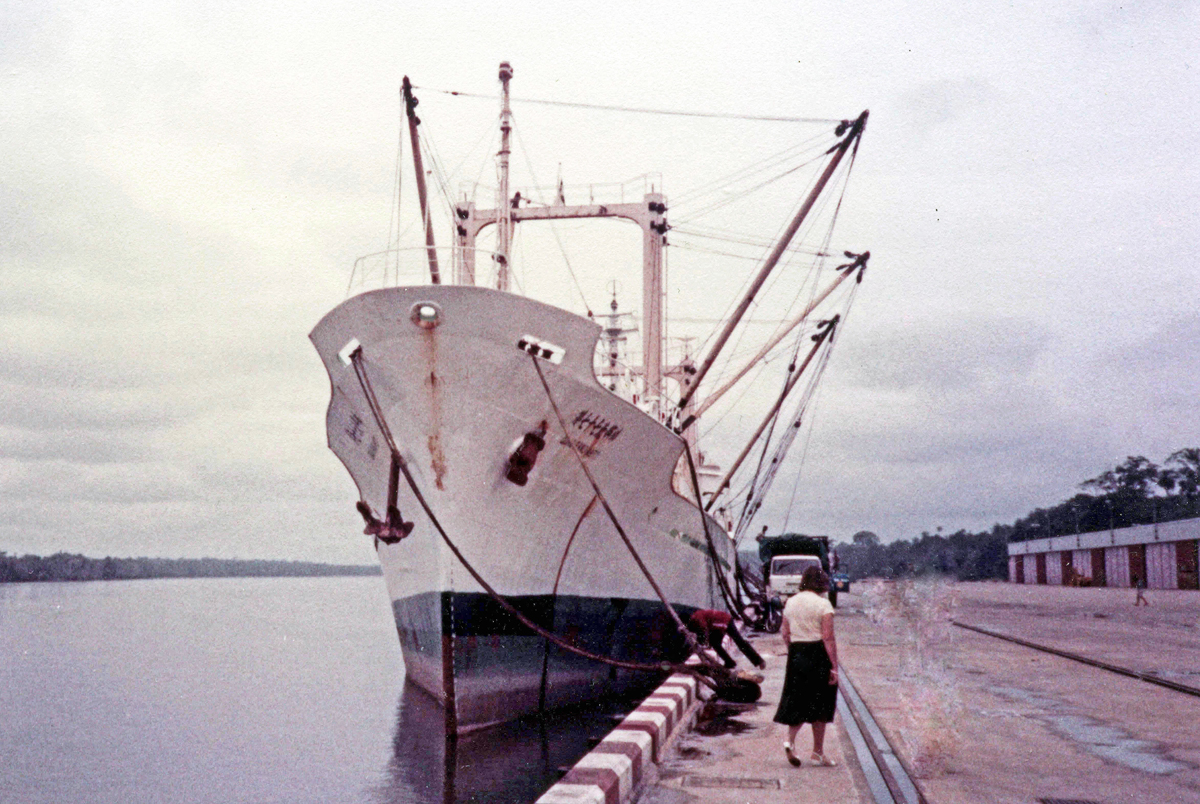|
Essien Etim Offiong III
Essien Etim Ofiong III (c.a. 1859–1911), also known as Etinyin Essien Etim Offiong, was the founder of Essien Town in present-day Calabar.#refOku1989, Oku, p.228 He was a political agent during the early years of the colonial era and was instrumental in the establishment of the Catholic Church at Old Calabar.#refDuke2015, Duke, 20th Century Famous Kings, p.22#refHackett1989, Hackett, p.78 He was also instrumental to the establishment of Ikot Ishie, whose founder, Obong Ishie Offiong Okoho became a beneficiary of Offiong's land gift among other things. Early life Offiong was born into the Offiong Okoho royal family of Old Calabar around 1859.#refOku1989, Oku, p.227 His father was Chief Etim Offiong Essien Abasi who hailed from Duke Town. His mother was Edim Edem Ekpenyong Offiong Okoho, a daughter of King Eyamba V. He was also of Efut ancestry through his maternal grandmother who was from the royal family of Asikpo Ito of Ibonda, an Efut town in Western Calabar. At a young age, he ... [...More Info...] [...Related Items...] OR: [Wikipedia] [Google] [Baidu] |
Calabar
Calabar (also referred to as Callabar, Calabari, Calbari, Cali and Kalabar) is the capital city of Cross River State, Nigeria. It was originally named Akwa Akpa, in the Efik language, as the Efik people dominate this area. The city is adjacent to the Calabar and Great Kwa rivers, and the creeks of the Cross River (from its inland delta). Calabar was once described as the tourism capital of Nigeria, especially due to several initiatives implemented during the administration of Donald Duke as the Governor of Cross River State (1999–2007). The city became the cleanest and most environmentally friendly city in Nigeria. Administratively, the city is divided into Calabar Municipal and Calabar South Local Government Areas. It has an area of and, as of the 2006 census, a population of 371,022. Both LGAs together had an estimated population of 571,500 in 2022. History Seaport, slave trade When Portuguese explorers in the 15th century reached this part of the Guinea ... [...More Info...] [...Related Items...] OR: [Wikipedia] [Google] [Baidu] |
